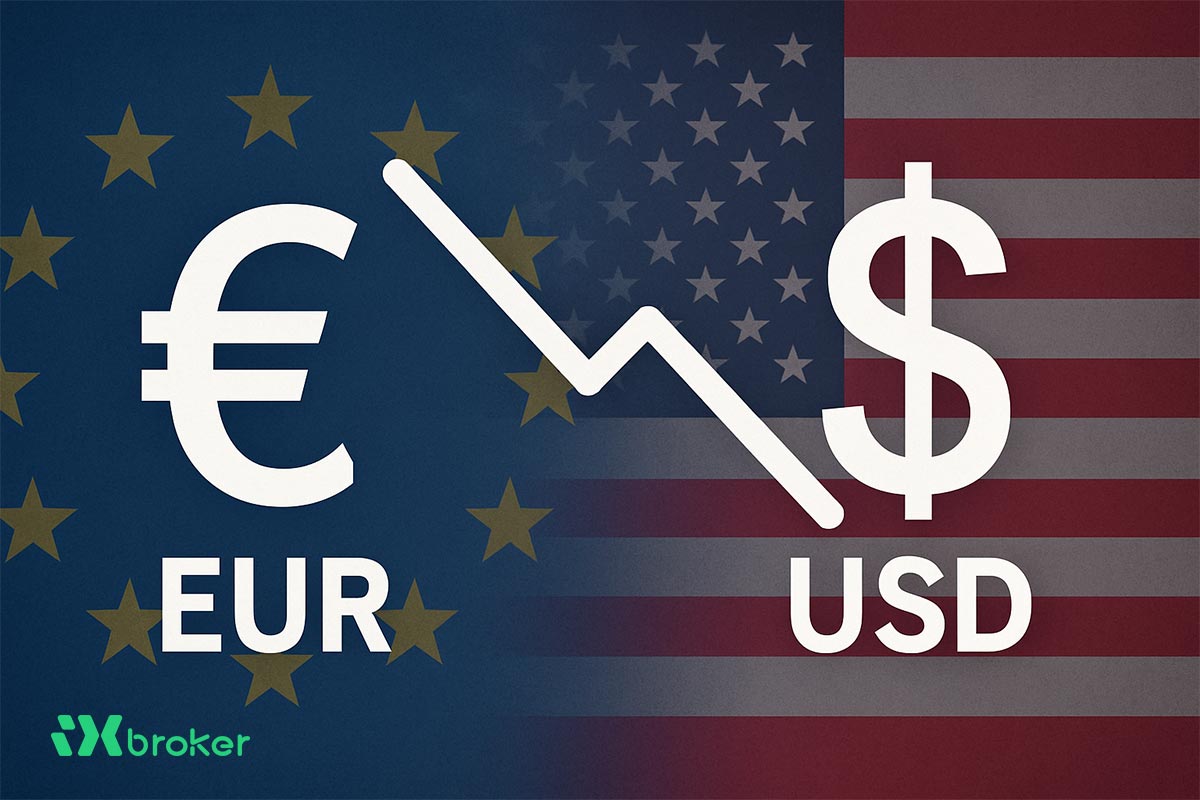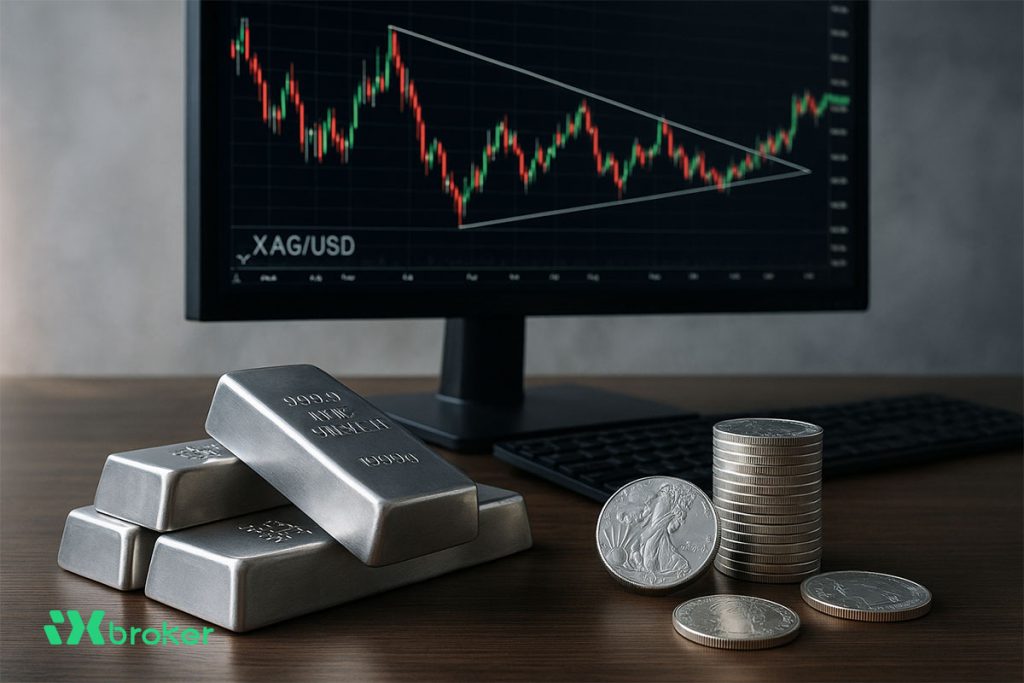EUR/USD extended its decline for a third straight session on Friday, trading near 1.1770 during Asian hours. The pair remains under pressure as the US Dollar (USD) attracts steady demand following upbeat labor market data from the United States (US). Investors now turn their attention to Germany’s Producer Price Index (PPI) for August, due later in the day.
US data supports dollar strength
Weekly Initial Jobless Claims released by the US Department of Labor showed new unemployment filings dropped to 231K for the week ending September 13, below estimates of 240K and down from the prior week’s revised 264K. Continuing Jobless Claims also eased by 7K to 1.920 million for the week ending September 6. The solid labor market print added momentum to the USD, which was already supported by the Federal Reserve’s (Fed) recent policy stance.
Fed maintains cautious easing tone
The Fed delivered an expected 25 basis point (bps) rate cut on Wednesday but emphasized that additional easing would be gradual. Chair Jerome Powell highlighted weakening labor market conditions as justification for the move, while reiterating concerns about tariff-driven inflation risks. The “meeting-by-meeting” approach outlined by Powell has reinforced the USD’s resilience in recent sessions.
Euro outlook tied to ECB policy stance
On the Euro (EUR) side, downside risks to the pair may be cushioned by speculation that the European Central Bank (ECB) could pause its rate-cutting cycle after recent inflation readings. ECB Vice President Luis de Guindos stressed a “very prudent” approach, noting the current rate is appropriate given inflation dynamics and policy transmission. Governing Council members Martins Kazaks and Gediminas Simkus echoed that no further cuts are necessary for now, though future adjustments remain on the table.



